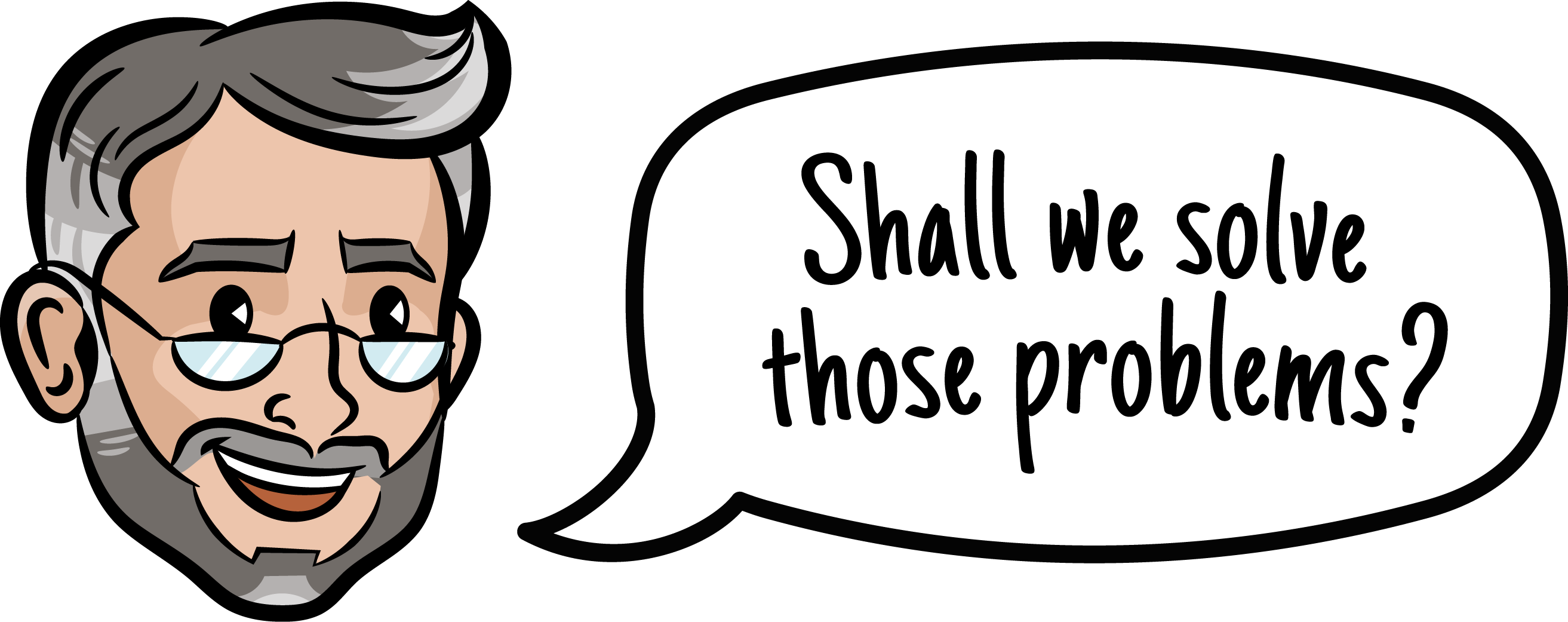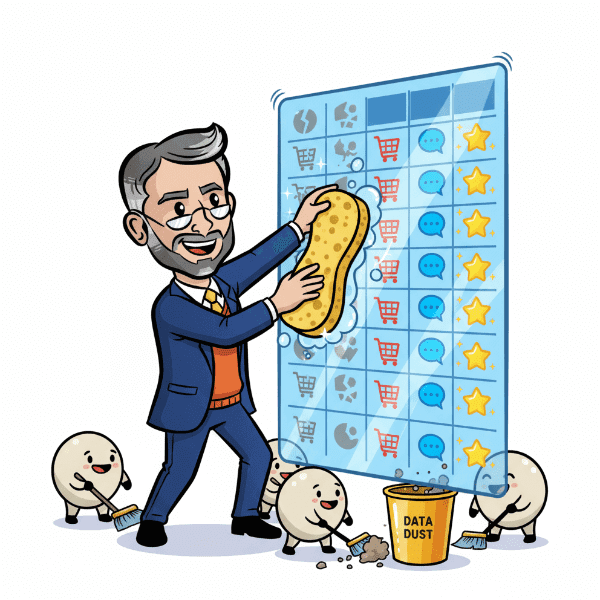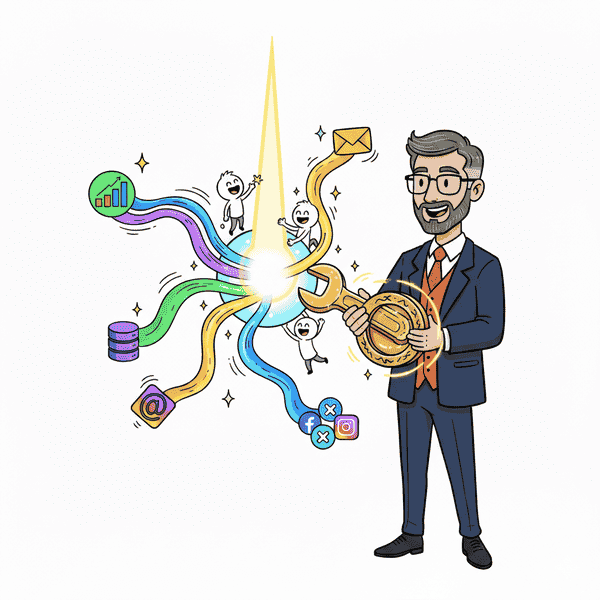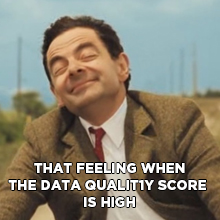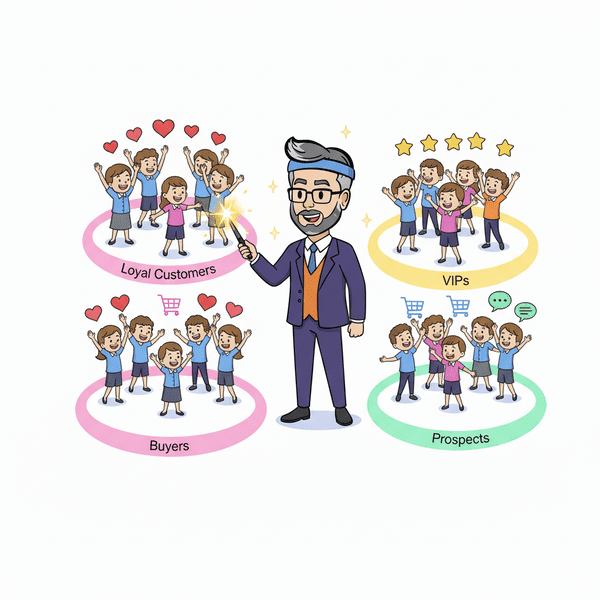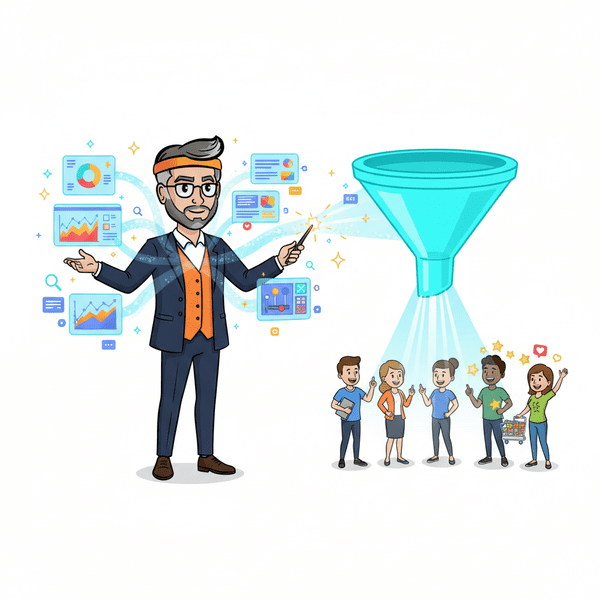Definition: Dynamic pricing is a flexible pricing strategy where the cost of a product or service is adjusted in real-time based on market demand, customer behavior, competitor pricing, time, or other external factors. It’s widely used in e-commerce, travel, hospitality, and event ticketing to maximize revenue and respond to changing market conditions.
By continuously analyzing data and adjusting prices, businesses can remain competitive, increase sales, and capture more value from different customer segments.
Use It In a Sentence: The airline implemented dynamic pricing to automatically raise ticket prices during peak travel hours and lower them when demand was low.
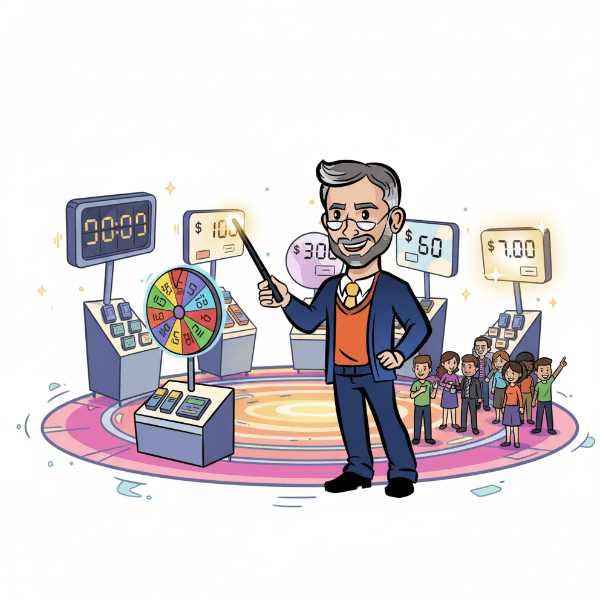
Why Dynamic Pricing Matters
Dynamic pricing empowers brands to be agile and profit-driven in fast-moving markets. Instead of fixed prices, businesses can:
- React instantly to market trends and inventory shifts
- Offer competitive prices while protecting margins
- Target different buyer segments with optimal pricing
- Maximize revenue during peak demand
- Reduce unsold inventory with smart markdowns
It’s not just about price changes—it’s about real-time profit optimization.
How Dynamic Pricing Works
Dynamic pricing systems rely on data and automation to make real-time pricing decisions. Here’s how the process typically works:
- Data Collection
Systems pull in variables like competitor prices, supply/demand, seasonality, conversion rates, and inventory levels. - Rule-Based or AI-Driven Algorithms
Prices are adjusted based on pre-set rules or machine learning models that predict optimal price points. - Real-Time Execution
Prices are updated automatically across websites, apps, or marketplaces with minimal human intervention. - Performance Monitoring
Teams track performance metrics like profit, conversion rate, and customer feedback to refine pricing strategies.
Types of Dynamic Pricing Strategies
| Strategy | Description | Example |
|---|---|---|
| Time-Based Pricing | Changes based on time of day, day of week, or seasonality | Uber surging prices on weekends |
| Demand-Based Pricing | Prices increase when demand rises and drop when it falls | Hotel rooms during festivals or holidays |
| Competitor-Based Pricing | Monitors competitor prices and adjusts automatically | Amazon repricing products in real time |
| Segmented Pricing | Different customer groups see different prices based on behavior or location | E-commerce offering regional pricing or loyalty discounts |
| Inventory-Based Pricing | Price changes based on stock availability | Ticket prices increase as seats fill up |
Where Dynamic Pricing Is Commonly Used
- E-commerce (Amazon, fashion brands)
- Airlines & Travel (airfare, hotel bookings, car rentals)
- Ride-Sharing (Uber, Lyft)
- Event Ticketing (concerts, sports games)
- Utilities & Energy (electricity rates by time of use)
- SaaS & Subscription Models (usage-based pricing)
Benefits of Dynamic Pricing
- Revenue Optimization: Charge more when demand is high or supply is low.
- Competitive Edge: Stay ahead by matching or beating competitor prices.
- Personalization: Offer prices that align with each buyer’s willingness to pay.
- Inventory Management: Clear excess stock faster and reduce overstock risks.
- Increased Conversion Rates: Attract price-sensitive users with temporary deals.
Challenges and Ethical Considerations
While dynamic pricing can boost profitability, it’s important to approach it strategically:
- Customer Trust: Sudden price changes may frustrate loyal buyers.
- Price Discrimination Concerns: Segmenting users by device, location, or behavior can raise fairness issues.
- Algorithm Misfires: Poorly tuned automation can result in extreme prices or missed revenue.
- Compliance: Some industries have pricing regulations to avoid unfair practices.
Final Thoughts: Should You Use Dynamic Pricing?
Dynamic pricing is a powerful tool—but it requires transparency, smart technology, and careful execution. If your business operates in a competitive, demand-driven market, adopting dynamic pricing can unlock significant growth and profit potential.
Pair it with strong analytics and thoughtful user experience to ensure it builds trust—not backlash.
More Definitions & Related Bloga
Explore more pricing and marketing insights from the Sales Funnel Professor:


